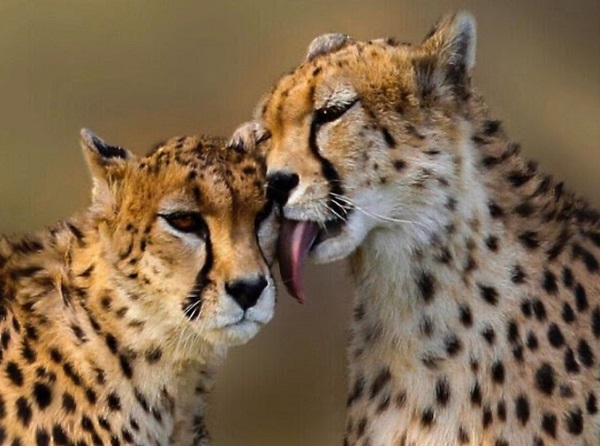New Delhi, (Samajweekly) The Centre has allotted Rs 38.70 crore for cheetah introduction project up to 2025-26, the Union government told the Lok Sabha.
As much as Rs 38.70 crore under the ongoing centrally sponsored scheme of ‘Project Tiger’ has been allocated to the cheetah introduction project for the years 2021-22 till 2025-26,” Ashwini Kumar Choubey, Minister of State for Environment, Forest and Climate Change, informed the Parliament on Monday.
The cheetah was declared extinct from India in 1952; currently there are no cheetahs in any national park or wildlife sanctuary in India. Cheetah is the only large carnivore to have become extinct in independent India.
The Government of India is in the process of holding consultation meetings with African countries for bringing cheetah in the country. A total of 12-14 cheetahs are intended to be brought from South Africa or Namibia or other African countries over a period of five years as per the action plan.
The such introduced cheetahs would be fitted with satellite or GSM-GPS-VHF radio-collars before their release in the wild so as to enable monitoring remotely, the Union Minister said.
Nearly 12-14 wild cheetahs (8-10 males and 4-6 females) from various parks or reserves or areas that are ideal (reproductive age group that is genetically diverse, disease-free, behaviourally sound – e.g. not overly imprinted to humans but tolerant, predator wary, capable of hunting wild prey, and socially tolerant of each other) for establishing a new cheetah population would be imported as required from African countries as a founder stock for five years initially and then as may be required by the programme.
“As there are no cheetahs left in the wild in India, therefore, to introduce them in the country they have to be brought from abroad. Cheetah has been an integral part of Indian ecosystems, a major evolutionary force, and an important cultural heritage. Their restoration will likely result in better conservation of open forest, grassland and scrub ecosystems for which they will serve as a flagship species,” Choubey added.










